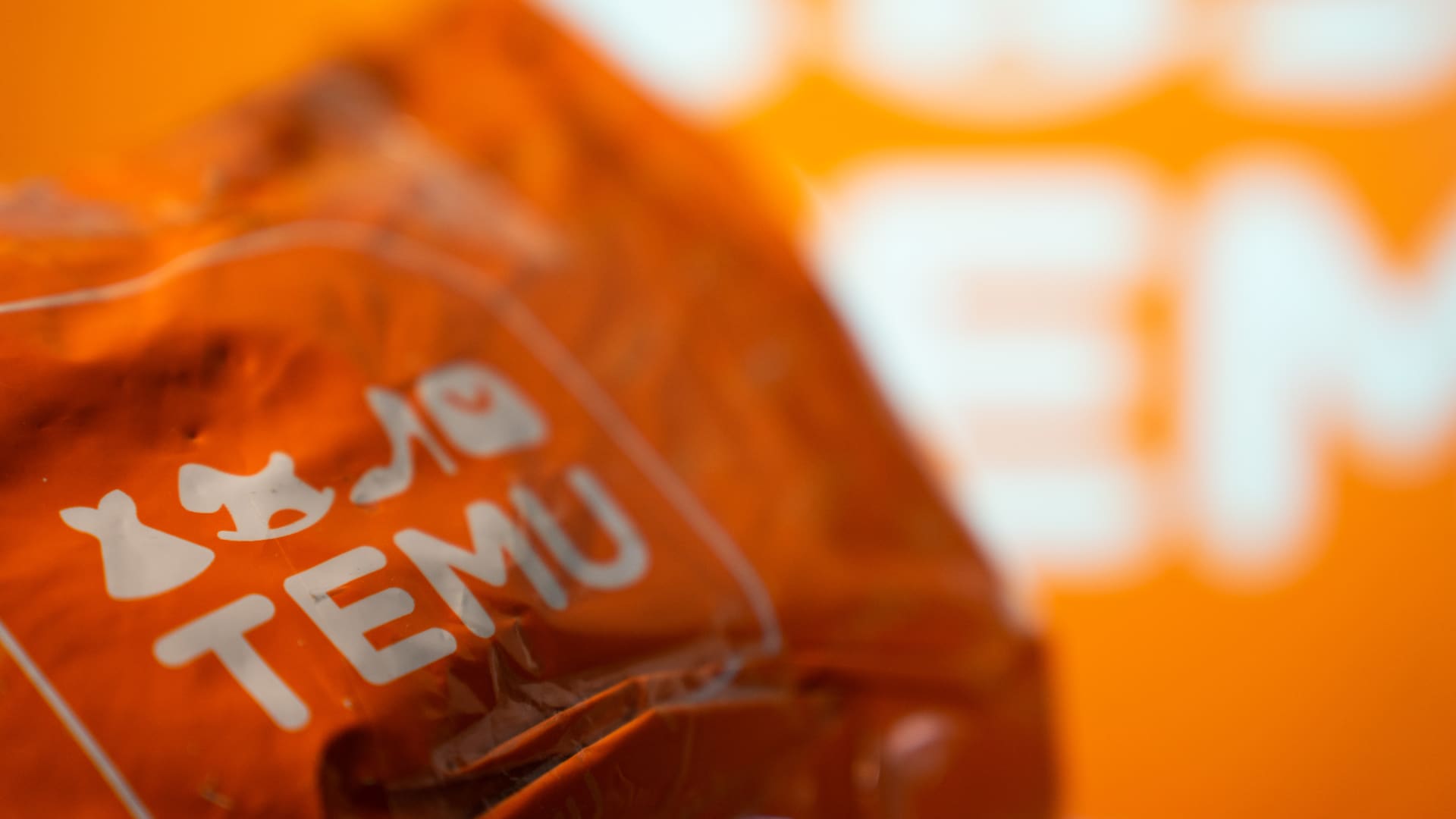[ad_1]
On May 31, Florencia Romeo slept in a tent outside Argentina’s largest stadium with her girlfriend and her sister. They had heard rumors that Taylor Swift might be coming to Buenos Aires, and they wanted to be first in line.
The rumors were true: Ms. Swift was coming, but it would take a while. Her concert would last more than five months.
The tent remained anyway, occupied by a rotating cast of 30 die-hard Swifties who worked together for 163 days to keep their place in line for a chance to get as close to their idol as possible when she walked onto the stage on Thursday in the first stop of her Eras Tour outside North America.
“We have been waiting for this for many years,” said Ms. Romeo, 23, who quit her job as a cashier, in part to devote herself to waiting in lines. ‘We didn’t expect her to come, and then she did. So it was clear that we had to do what we had to do.”
Ms. Swift’s Eras Tour officially kicked off worldwide on Thursday as the pop megastar embarked on a new phase of shows that will take her to 25 cities in South America, Asia, Australia and Europe over the next ten months.
Since March, the North American leg of the tour has become an economic miracle and a cultural force, cementing Ms. Swift’s status as one of the most influential and beloved people on the continent. Now she wants to show that her fame and adoration extend far beyond the borders.
Few countries can better demonstrate the intense passion of its fans than Argentina. While Ms. Swift has become a certified global icon, Argentina has become known for worshiping icons with religious fervor.
Recall that Juan and Eva Perón became the president and first lady of Argentina in 1946, but are still glorified by political chants, feature in portraits in many Argentine homes, and are the inspiration for an eponymous political movement that still governs the country . Diego Maradona, the football star, was seen as such a deity here that tens of thousands of Argentines belong to, yes, the Church of Maradona, a legally recognized religion that has existed for 25 years. And after Lionel Messi and the national football team won the World Cup last year, the crush of four million adoring fans during the victory parade forced the players to abandon their buses and fly over by helicopter instead.
“She’s like the female Messi,” Ms. Romeo said, offering Ms. Swift the highest praise an Argentinian can receive these days. Some fans in Buenos Aires this week wore national soccer team jerseys with “SWIFT” on the back, while others handed out a kind of prayer card with Ms. Swift’s head superimposed on that of Jesus Christ.
So it was no surprise that Ms. Swift’s arrival in Argentina became a national event. It received intense news coverage; Buenos Aires named her an official guest of honor; and she became a figure in next week’s presidential election after some of her fans organized against far-right candidate Javier Milei. Meteorologists even describe the forecasts for sun or rain this weekend as ‘dry Swifties’ or ‘wet Swifties’. (Friday called for “wet Swifties,” so organizers moved that show to Sunday.)
“Everyone in the country knows her, and everyone knows this show,” Renata Schyfys, 15, said during the show Thursday, wearing at least six inches of friendship bracelets that have become a sign of Swiftie fandom.
In a country of 46 million people, Ms. Swift sold roughly 200,000 tickets for three sold-out shows, and yet the waiting list still numbered more than 2.8 million people — enough to fill Argentina’s largest soccer arena, El Monumental, another 40 times over .
That stadium shook Thursday night with near-constant, deafening screams from the more than 70,000 fans there repeatedly chanting, “Olé, olé, olé, olé, Taylor, Taylor.”
Even Ms. Swift, who has seen her share of the huge crowd, seemed surprised. “I’m looking forward to what might be one of the most epic crowds ever,” she told the crowd. “This is on another level.”
She later removed her earphones and gestured as she struggled to be heard above the roar of the crowd. She paused for a full two minutes, enjoying the adoration of her fans.
“I don’t know how to thank you enough for the way you’re treating me tonight,” she said. “I love you so much, and I can’t believe it took me so long to come see you.”
Thursday’s show was Ms. Swift’s first major concert in South America, the first of nine this month in Argentina and Brazil. After waiting so long, many Swifties said Thursday they had made a pilgrimage of sorts, many from across the continent.
Nahuel Ochoa, a medical student wearing a homemade, bedazzled jumpsuit and a glittery jacket, had taken a bus with 50 other fans from the city of San Luis, a 12-hour drive away. Unable to get a room in Buenos Aires, where hotels were nearly sold out, he planned to take the bus back after the show — and then return Saturday to see Ms. Swift again.
“We have loved Taylor since we were 10 years old – we have been waiting for 13 years,” said Mr. Ochoa, 23, as he sat next to his childhood friend Andrea Garro. “Her songs reflect most of what we are experiencing. It is a form of expressing ourselves in a way that we cannot.”
Ms. Garro, 23, a law student, added that Ms. Swift’s music helped her overcome a deep depression. “We feel seen,” she says.
But there was no greater dedication than that of the more than a hundred fans who camped outside the stadium in shifts for months. After Ms. Romeo and her friends staked out their spot and caught the attention of the local news, other tents followed suit.
The group, mainly young women, set up shifts using a spreadsheet, with ideally at least two people present at the tent at all times. The 30 members of Ms. Romeo’s tent were required to spend a minimum of 40 hours there per month, with each member spending an average of about 10 to 12 nights in the tent. After sleeping with just blankets for the first few days, they added a mattress.
“She has the best relationship with her fans and is the one who can achieve this kind of mania,” said Lucas Forte, 24, a member of another tent who had slept outside the stadium for five nights since September. “For example, no one camped out for the Weeknd.”
Ms Swift herself was impressed by the effort. “I heard you were camping to get good spots?” she asked the audience on Thursday. “I actually didn’t believe it until I saw a video.”
The fans who camped out had no place to get tickets to the show. They were all sold online. Instead, the tents were set up so they could be first in line when the show doors opened and fans could sprint to the guard rails along the stage for a better view.
Event organizers made sure fans who had camped out were first in line, but many still ended up behind lines of people whose more expensive tickets would have given them entry even earlier.
But some campers eventually made it to the barricade along the stage.
“I broke my knee trying to get there,” Atenas Astuni, 23, a member of the first in line, said in a hoarse voice on the Friday morning after the show. “But if I had to break my knee again to repeat exactly what happened yesterday, I would do it without hesitation.”






